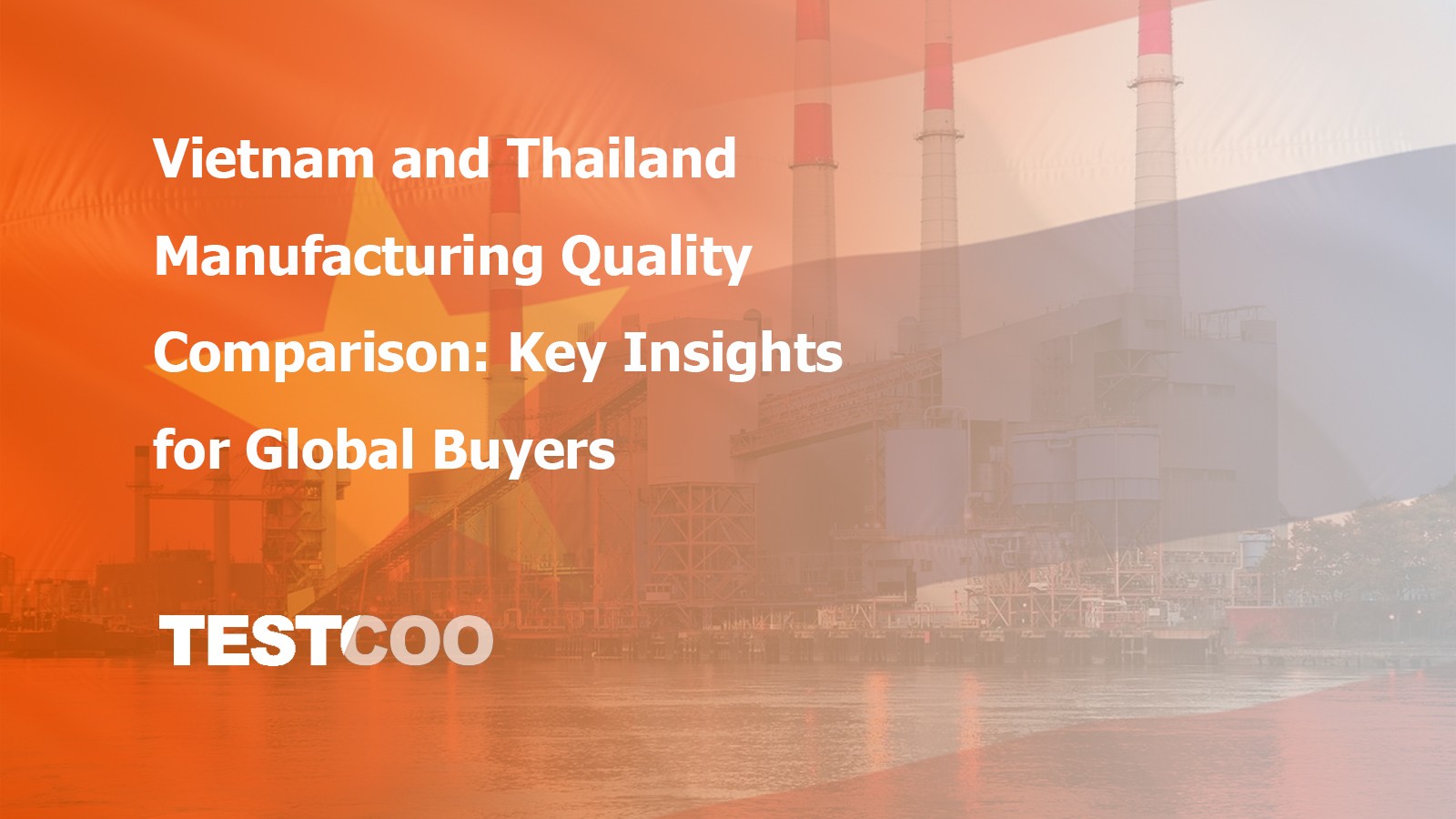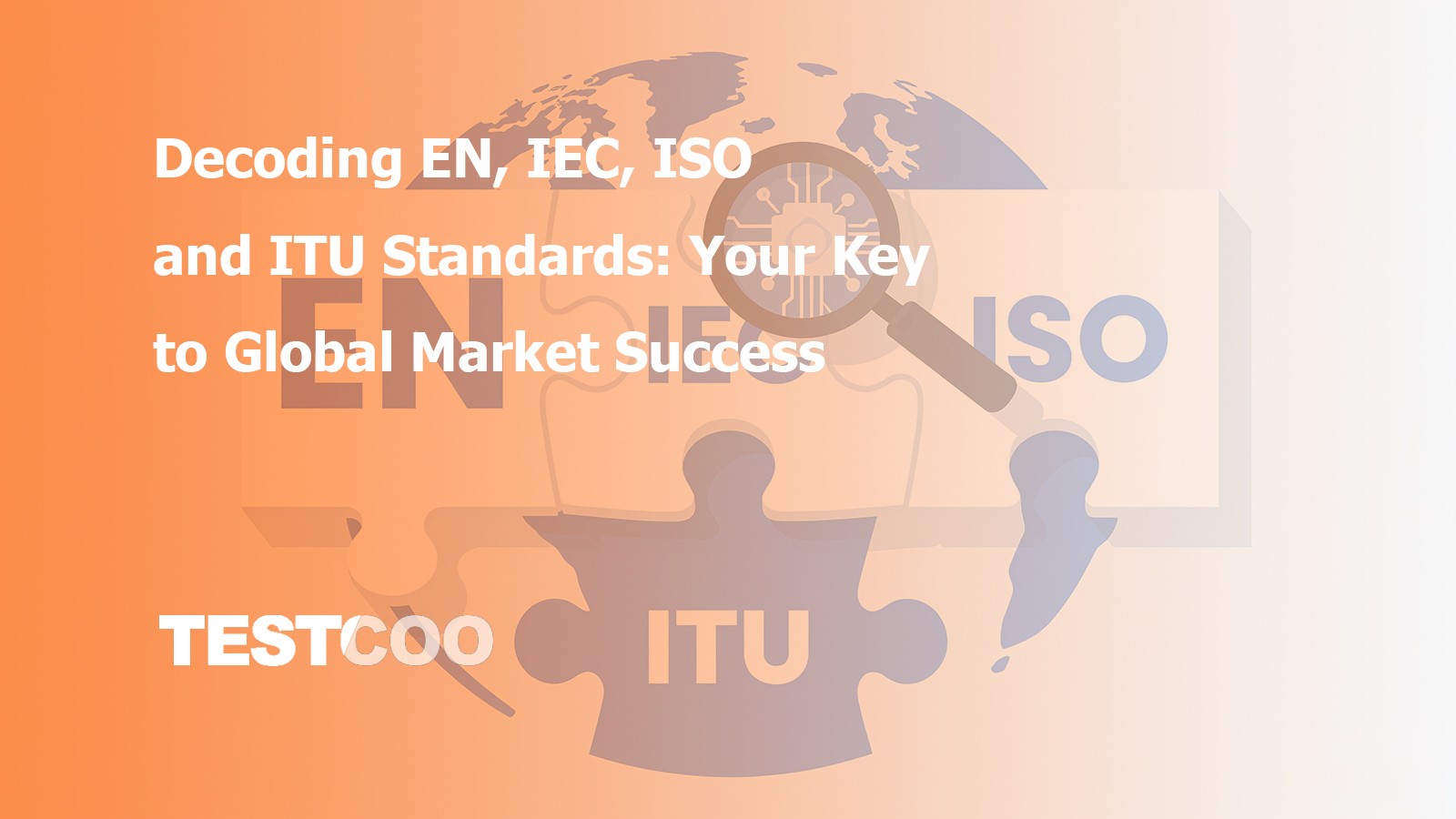SA8000: Understanding the 2026 Social Responsibility Standard Revision Update
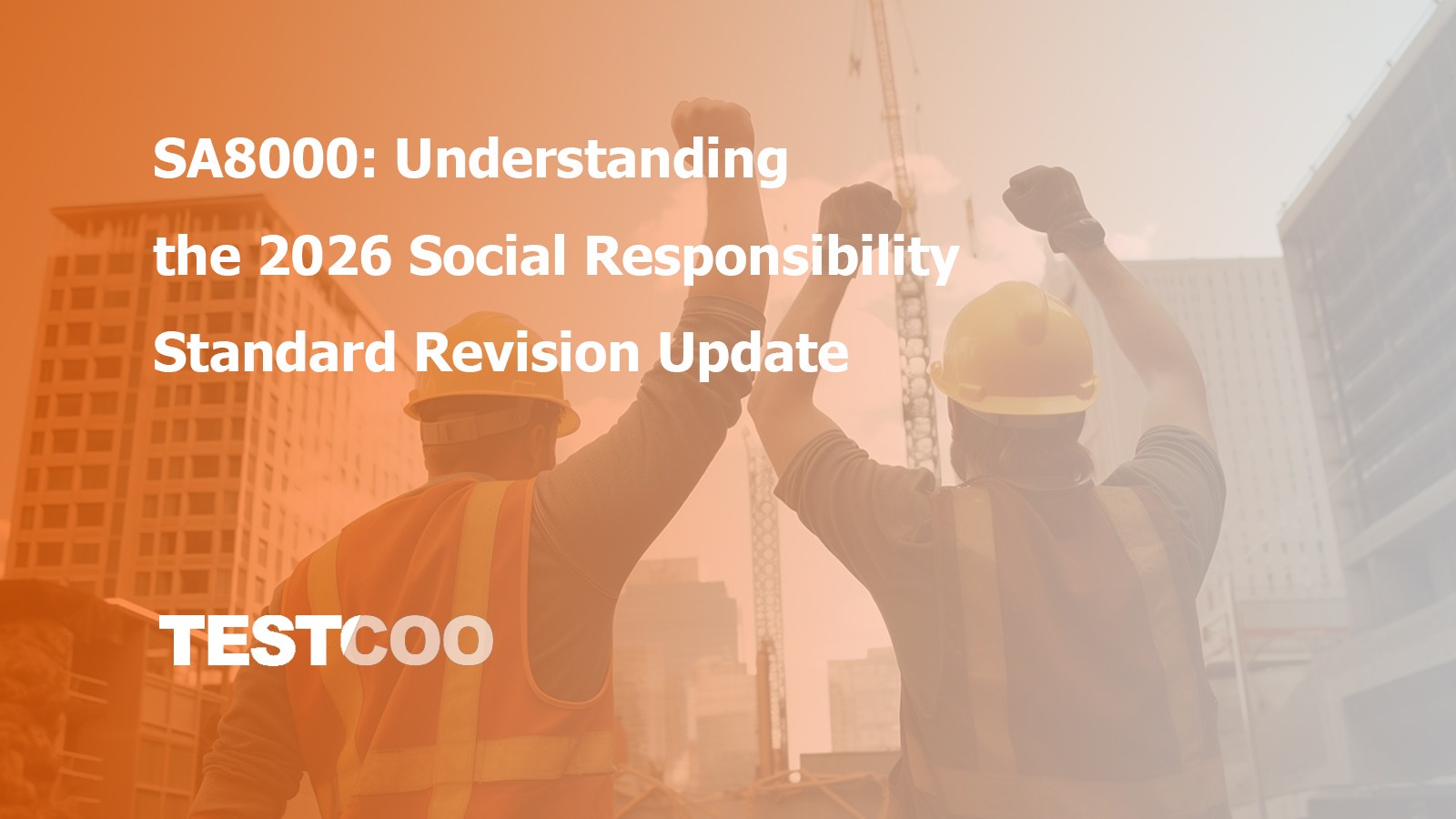
In the dynamic landscape of global business, the evolution of social responsibility standards is a crucial aspect that organizations, big and small, need to stay attuned to. The upcoming 2026 Social Responsibility Standard Update is set to bring about significant changes, and understanding these shifts is essential for companies aiming to maintain their ethical edge and meet the growing expectations of their stakeholders.
The SA8000:2026 revision represents a major shift in how organizations address their social responsibility. Rather than merely meeting requirements on paper, companies must now embed ethical practices into governance, supply chains, and risk systems.
What Is SA8000?
Developed by Social Accountability International (SAI), SA8000 is a voluntary standard for auditing and certifying an organization’s social performance. It is based on international human rights norms and ILO conventions and covers:
- No child labor or forced labor
- Safe and healthy working conditions
- Freedom of association and collective bargaining
- No discrimination
- Reasonable working hours and fair remuneration
- Anti-harassment practices
- Strong management systems
It is widely used across industries, especially in manufacturing, agriculture, and apparel, to ensure ethical production and improve worker well-being.
Read More: SA8000 Standard Revision FAQs
The Significance of Social Responsibility Standards
Social responsibility standards, such as SA8000, play a pivotal role in shaping businesses’ ethical conduct worldwide. These standards are not just a set of guidelines; they are a commitment to promoting and protecting workers’ rights, safeguarding the environment, and contributing to the well-being of communities. They help companies build trust with consumers, investors, and the public. For instance, consumers are more likely to support brands that adhere to high social responsibility standards. A study showed that a significant percentage of consumers are willing to pay more for products from companies with strong ethical practices. This trend highlights the importance of companies complying with these standards to remain competitive in the market.
Key Changes in the 2026 Update
- Expanded Scope of Responsibility
Previous versions of the standard focused mainly on an organization's responsibility to its personnel and had separate requirements for supply chain due diligence. However, SA8000:2026 makes it clear that the scope of an organization's management system must encompass all workers, whether directly employed or not, on whom it has an impact. This implies that organizations are now accountable for the well-being of workers throughout their value chains, from suppliers to subcontractors.
- Stronger emphasis on value chain due diligence: Certified organizations are expected to assess social risks beyond their immediate operations (e.g.subcontractors and home workers).
- Clearer requirements for grievance mechanisms for workers and third parties.
- Stricter Remediation Framework
- New guidance for identifying and addressing nonconformities, such as forced labor, wage violations, or unsafe working conditions.
- Time-bound corrective action processes will be more formalized.
- Human Rights Risk Management
- Organizations will need to demonstrate active human rights risk assessmentsaligned with frameworks such as the UN Guiding Principles and OECD due diligence guidance.
- Improved Management Systems
The SA8000:2026 standard maintains the elements of the Social Fingerprint management system structure introduced in 2014 but reorganizes them differently. This new structure clearly demonstrates the steps that organizations should take to develop and implement their systems. For example, it explicitly states many expectations that were previously only implied, such as those related to stakeholder engagement. This clarity helps organizations better understand their responsibilities and how to fulfill them.
- More robust procedures for documentation, worker participation, internal audits, and continuous improvement cycles.
- Stronger requirements for social performance teams and top-management accountability.
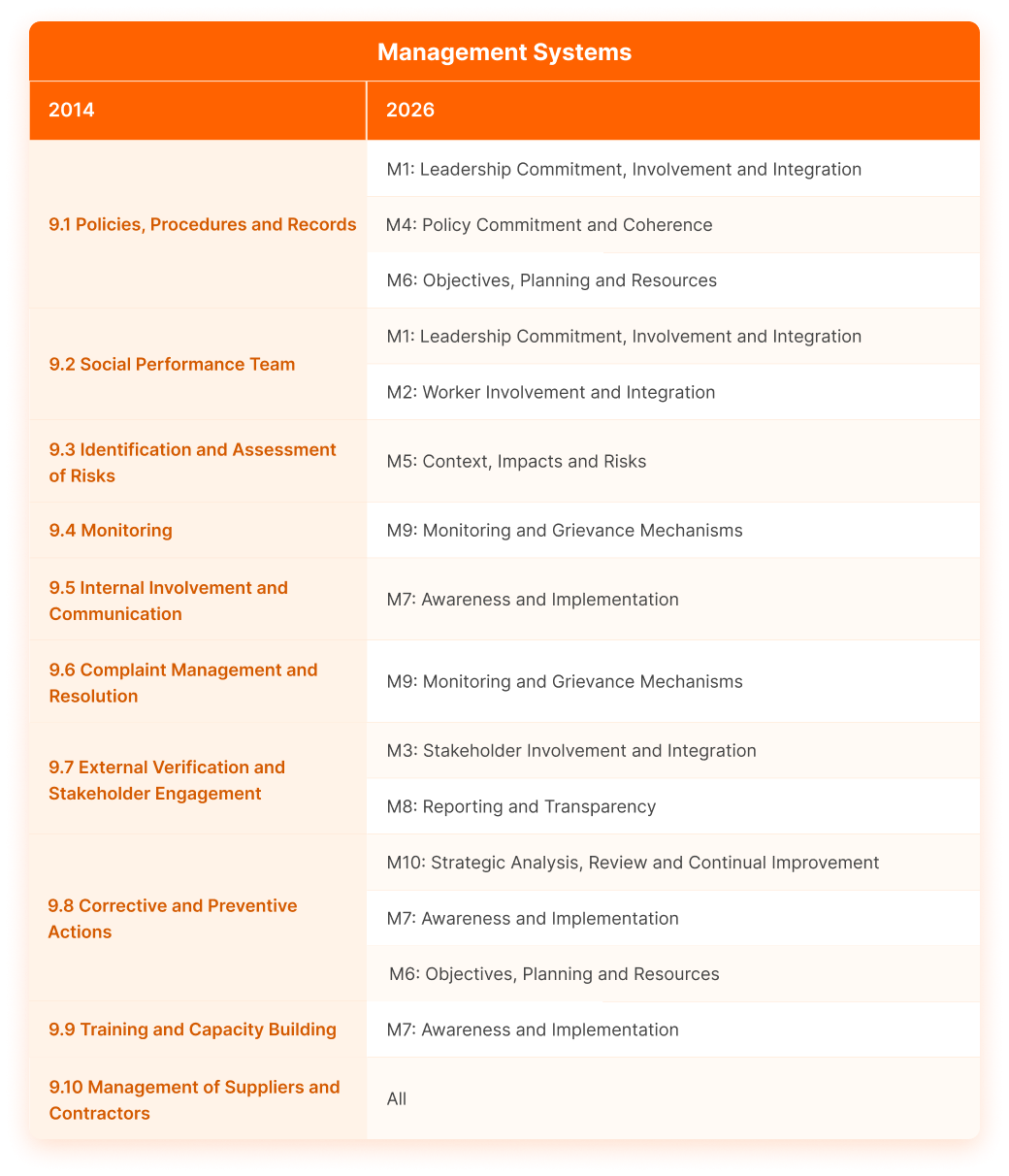
- SA8000:2026 vs. 2014 – What’s Different?
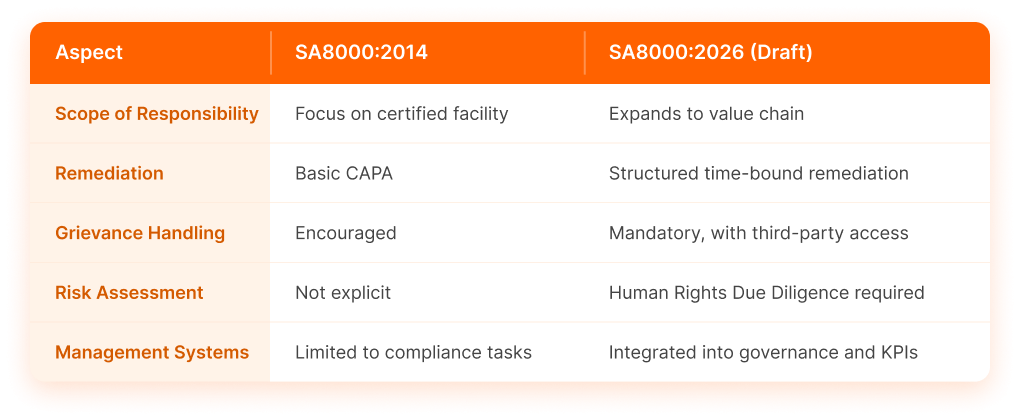
- Decent Work Elements in the SA8000:2026 Working Draft.
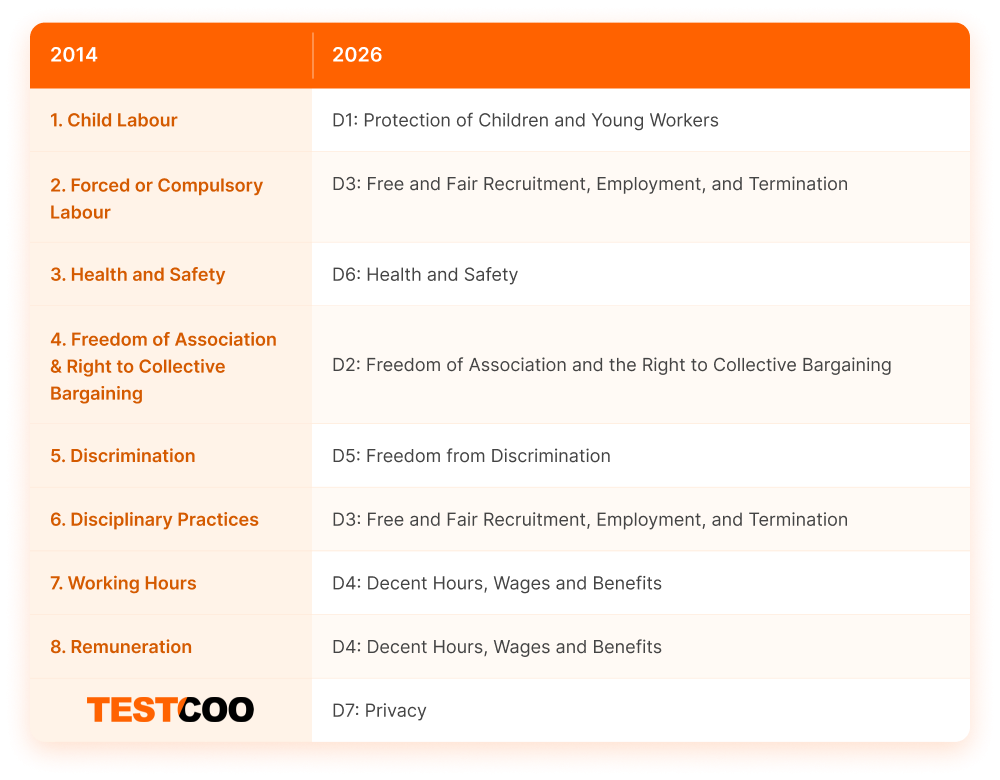
Download SA8000:2026 Standard (Working Draft)
SA8000:2026 Impact on Businesses and What It Means
1. Brand Trust and Market Perception
Complying with the updated social responsibility standards can bring significant reputational benefits to businesses. Consumers are more likely to support companies that are perceived to be socially and environmentally responsible. A positive reputation can lead to increased customer loyalty, improved brand image, and a competitive market edge. For example, a clothing brand that ensures fair labor practices in its supply chain and promotes sustainable manufacturing processes may attract more conscious consumers, leading to higher sales and market share growth.
2. Meeting Global Compliance Standards
Meeting the new social responsibility standards will be crucial for regulatory compliance. Governments worldwide are increasingly implementing laws and regulations related to social and environmental responsibility. Failure to comply with the updated standards could result in fines, legal penalties, and damage to a company's reputation. For instance, in some countries, companies may be required to report their social and environmental performance as part of their annual financial reporting.
3. Building a Sustainable Business for the Long Run
Adopting the new standard is essential for the long-term sustainability of businesses. By addressing social and environmental issues, companies can reduce risks, improve operational efficiency, and contribute to a stable and prosperous society. For example, investing in energy-efficient technologies can reduce energy costs, whereas promoting employee well-being can lead to higher productivity and lower turnover rates.
How Suppliers, Manufacturers and Brands Can Prepare for SA8000:2026
If you are a supplier, manufacturer, retailer, or brand, the revised SA8000 standard affects your business. Clients increasingly demand transparency and compliance across the entire value chain, not just in final-stage factories.
The SA8000 certification is especially relevant for:
- Factories working with European/North American buyers.
- Exporters in apparel, electronics, footwear, and furniture.
- Companies subject to ESG audits and investor scrutiny.
- Early Adoption and Familiarization: Organizations should start by reading the 2026 working draft of the standard. This will give them a head start in understanding the new requirements and identifying areas where they may need to make changes. For example, they can review their current management systems and policies to determine how they measure up against the new structure and criteria.
- Stakeholder Engagement: Engage with workers, labor unions, and other stakeholders. Workers can provide valuable insights into the practical implementation of new standards in the workplace. For example, they can share their experiences regarding issues such as working hours, wages, and privacy, which can help organizations make informed decisions about how to meet the new requirements.
- Training and Capacity Building: Invest in training employees and management. This will ensure that everyone in the organization understands the new standard and their role in its implementation. For example, training can cover topics such as the new management system structure, the importance of privacy protection, and how to conduct effective stakeholder engagement training.
- Supply Chain Assessment: If applicable, assess the social responsibility practices of suppliers and business partners. Because the 2026 update expands the scope of an organization's responsibility to its entire value chain, it is crucial to ensure that suppliers are also prepared to meet the new standards. This can involve conducting audits, providing support, and setting clear expectations.
Read More: Resilience in Supply Chain Management: A Key to Navigating Uncertainty
The 2026 Social Responsibility Standard Update is a significant development with far-reaching implications for organizations. By understanding the key changes and taking proactive steps to prepare, companies can ensure compliance, enhance their reputation, build stronger relationships with stakeholders, and contribute to a more sustainable and ethical business environment. As the business world continues to evolve, staying ahead of these social responsibility standard updates is no longer an option but a necessity for companies.
Read More: Social Compliance & Safety Audit Services | Testcoo
How Testcoo Can Help
At Testcoo, we provide SA8000-related services across Asia, Africa, and Latin America, including:
- Factory Social Audits
- Worker interviews and on-site assessments
- Pre-certification readiness checks for SA8000
- Digital audit reporting with risk alerts
We have helped hundreds of factories align with international social standards, including BSCI, SMETA, WRAP, and SA8000.
Our team can perform:
- Gap assessments to identify areas of non-compliance
- Training sessions for internal social performance teams
- Ongoing monitoring to ensure continuous improvement
Free Sample Report Performance Quality Control
Download a sample report to keep control of your supply chain!
Featured Articles
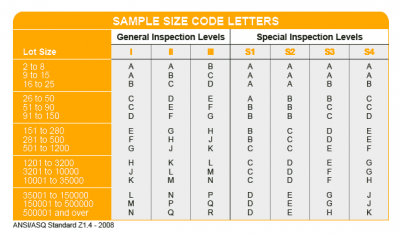 AQL Table | How to Read It
AQL Table | How to Read It TOP 10 Common Defects in Garments Quality Inspection
TOP 10 Common Defects in Garments Quality Inspection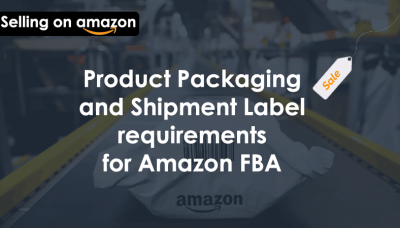 Product Packaging and Shipment Label requirements for Amazon FBA
Product Packaging and Shipment Label requirements for Amazon FBA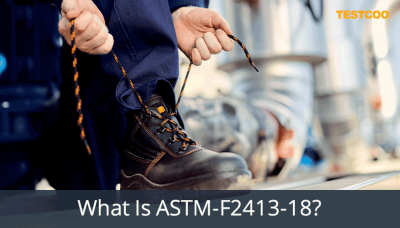 What Is ASTM-F2413-18? Protective Footwear Standard
What Is ASTM-F2413-18? Protective Footwear Standard How to Conduct Third-Party Quality Control Inspections for Electric Scooters
How to Conduct Third-Party Quality Control Inspections for Electric Scooters SMETA Audit-What is SMETA Audit?
SMETA Audit-What is SMETA Audit?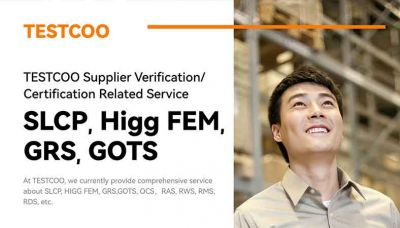 TESTCOO Supplier Verification/Certification Service SLCP, Higg FEM, GRS, GOTS
TESTCOO Supplier Verification/Certification Service SLCP, Higg FEM, GRS, GOTS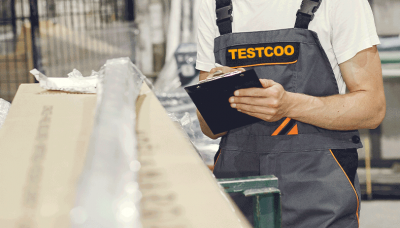 Quality Control Inspection Company in China
Quality Control Inspection Company in China What is Quality Inspection? A Complete Guide
What is Quality Inspection? A Complete Guide Guidelines for Product Inspection in India
Guidelines for Product Inspection in India
Category
- Production Inspection Service
- Factory Audit
- Softline Inspection
- Hardline Inspection
- Electrics Inspection
- Certification
- Checklist
- Manufacturers
- Quality Assurance Basics
- Products Recall
- AQL
- Guidence and Standard
- News
- Supplier Management
- Amazon
- Protective Equipment
- e-commerce quality control
- Indian Manufacturing
- Soft Goods Quality Control
- Supply Chain Management
- Supply Chain Resilience
- E-Commerce Quality Control
- ISO 2859
- Supply Chain Optimization
- Garment Industry
- Higg Index

